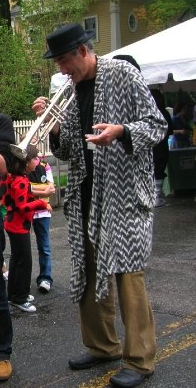Here's another
DuPlex Mystery Jazz Hour about sound tracks, recorded on 3.16.17. So, close your eyes and let the cinematic images float through your mind.
LISTEN HERE
PLAYLIST (Theme music from the film, unless otherwise noted)
Elmer Bernstein, "The Man With The Golden Arm" 1955 on Spectrum
Elmer Bernstein/Chico Hamilton "Sweet Smell Of Success" 1957 on Decca
Henry Mancini "Touch Of Evil " 1958 on Sarabande
Lalo Schifrin "Bullitt" 1968 on Warner Bros
Ella Fitzgerald "Pete Kelly's Blues" (Jazz, 1955) on Decca
Eddie Sauter "Mickey One" (Jazz, 1965) on Polygram
Martial Solal "A bout de souffle" (Breathless) 1959 on Classic Soundtrack Collector
Gato Barbieri "Last Tango in Paris" 1972 on United Artists
Ennio Morricone "The Cat O' Nine Tails" 1971 on Colonna Sonora
Miles Davis "Ascenseur pour l'échafaud" 1961 on Fontana
Quincy Jones "Hanging Paper" from "In Cold Blood" 1968 on Colgems
Duke Ellington "Happy Anatomy" from "Anatomy Of A Murder" 1959 on Columbia
Sonny Rollins "Alfie's Theme"1966 on Impulse






